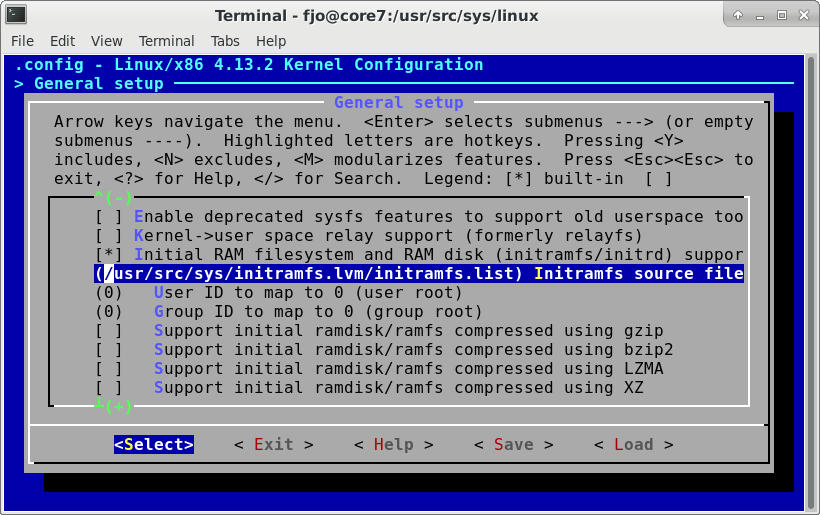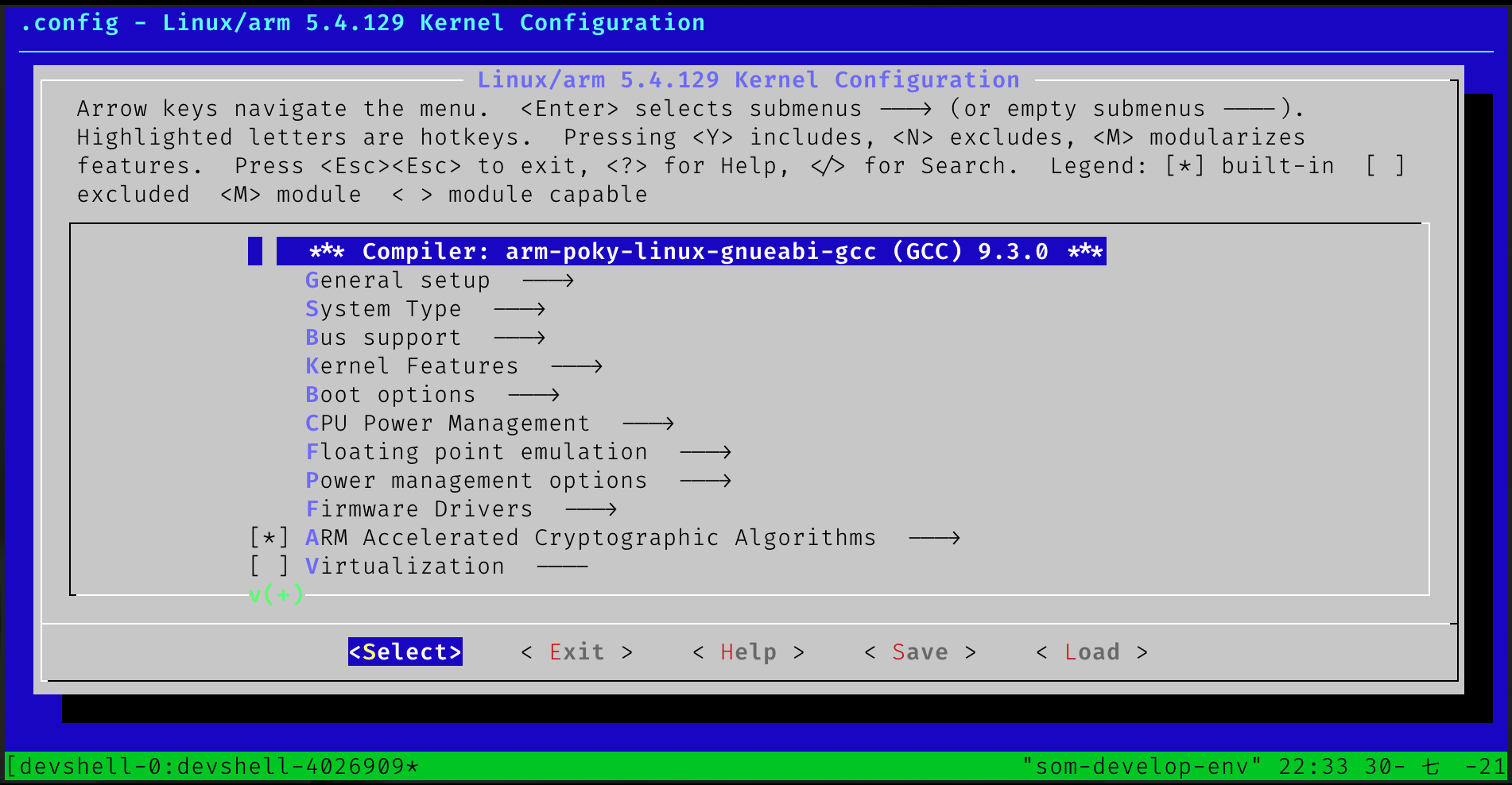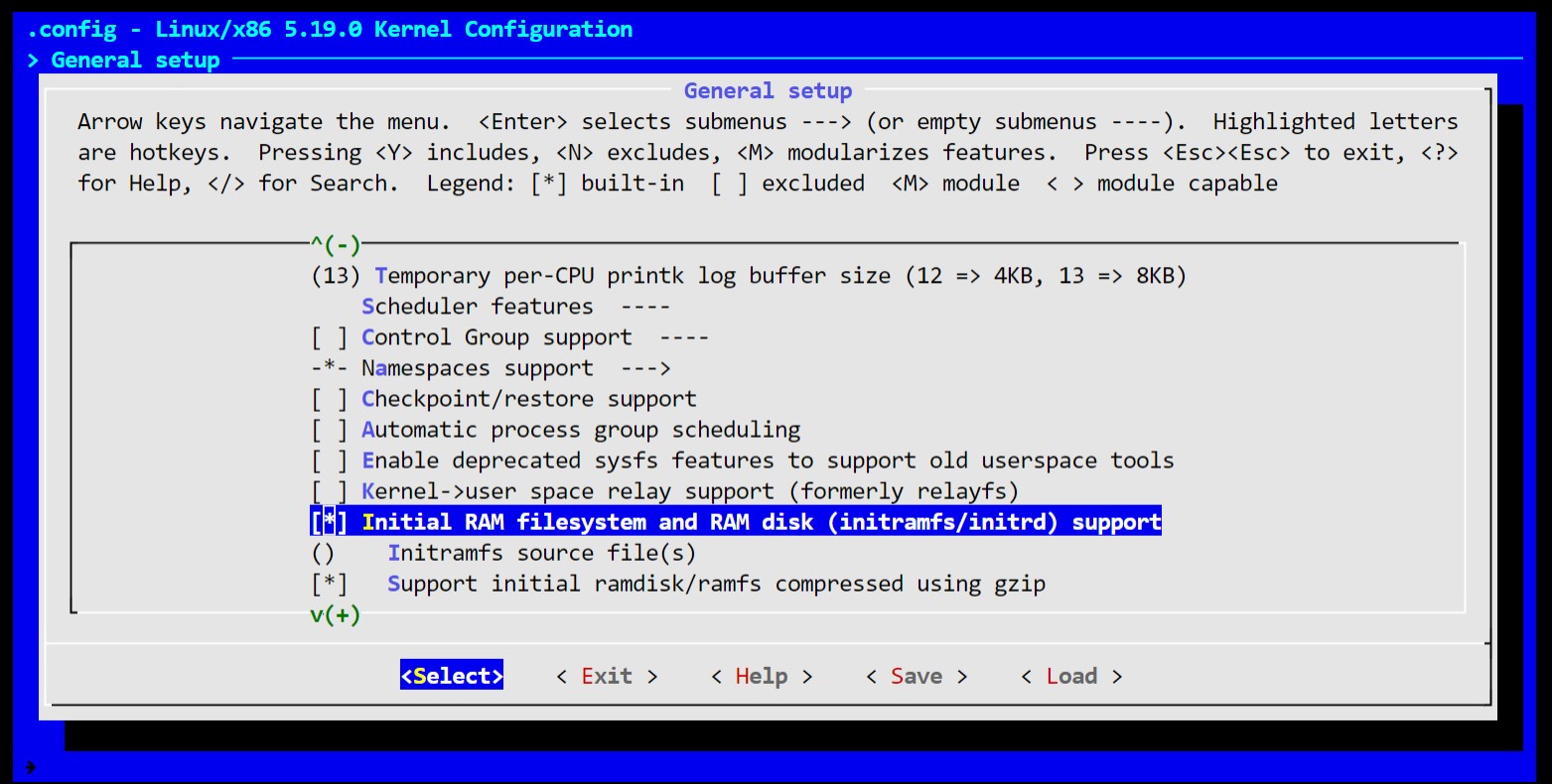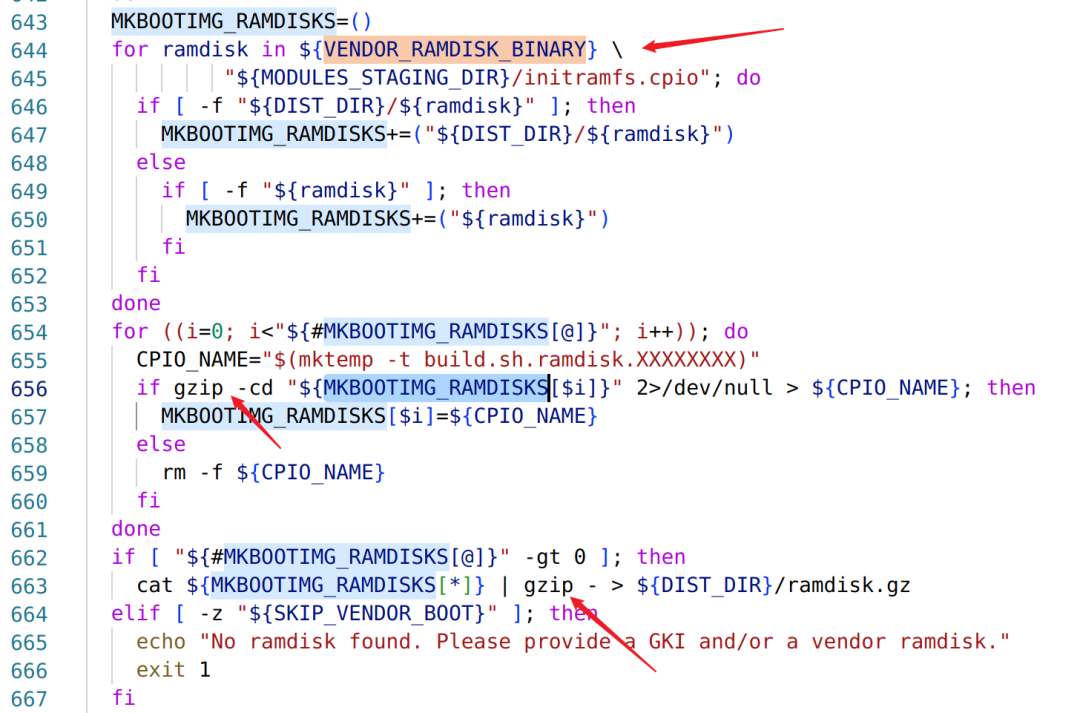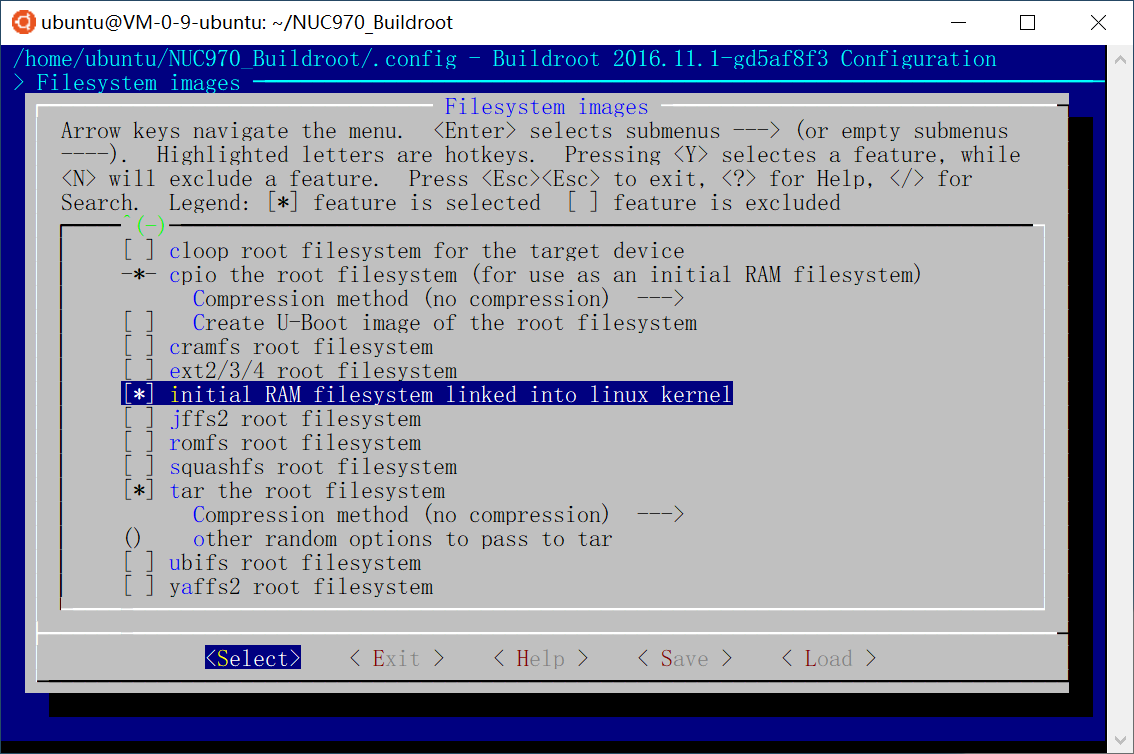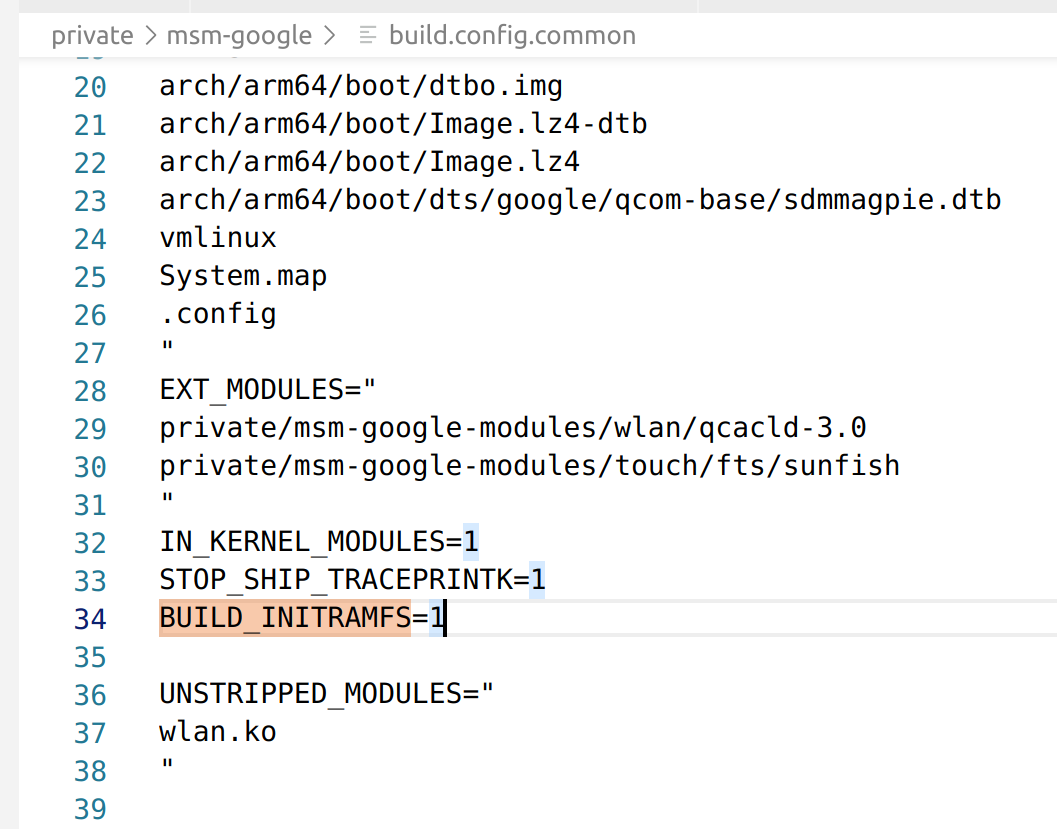Fabulous Info About How To Build Initramfs
How initramfs works the basic initramfs is the root filesystem image used for booting the kernel provided as a compressed cpio archive.
How to build initramfs. If we want to build an initramfs for a. It provides early userspace which can do things the kernel can't easily do by itself during. Since no initramfs file is specified, the likeliest use of that busybox120.gz.
An initramfs can be built into the kernel directly by adding it to the elf archive under the section name.init.ramfs initramfs' can be stacked. But it seems not to use yocto, but ltib buid. Several tools exist to automate the creation of an initramfs.
I will always refer to the above file as the “initrd” file since, in my opinion, the “initramfs” early root file system is something quite different. Guide an initramfs ( init ial ram f ile s ystem) is used to prepare linux systems during boot before the init process starts. The most obvious thing that you'll need to make sure is accurate in your initramfs staging area is the /lib/modules contents, you'll want to make sure that you.
This basic initramfs image may be. This repo contains scripting that lays out the process of building an initramfs, kernel, and root filesystem from (pretty much) scratch. First start off by making the root, and required subdirectories.
To build an initramfs, run the following as the root user: Though as making a single. Contributor i mark as new;
Creating a initramfs image from scratch. In a previous article we talked about listening and extracting the content of an initramfs image using standard, simple tools like gzip, dd and cpio or with dedicated. All you're missing is generating the input file to gen_init_cpio as a build step.
Custom initramfs — the successor of initrd. The initramfs will be built inside the /boot directory, using the naming pattern we saw above. Enable initramfs step by step.
No, simply storing a file in a directory is not going to cause inclusion in the kernel build. Mkinitramfs [kernel version] the optional argument is the directory where the appropriate kernel modules are located. For the kernel to successfully.
1 answer sorted by:
![[3]. initramfs](https://velog.velcdn.com/images/markyang92/post/2dec776c-ab27-4ae8-a458-a0b57785d7cf/img99.png)






